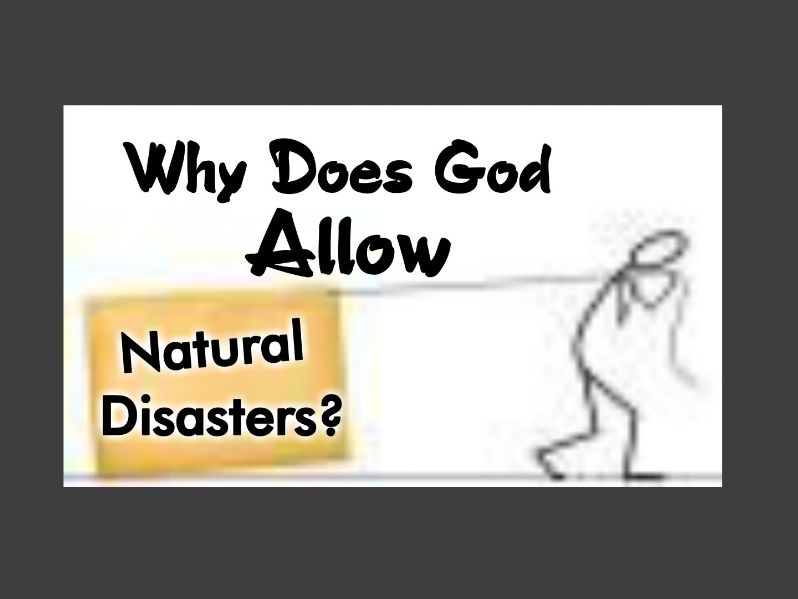How to Prevent Obesity
Obesity is a chronic disease affecting more and more children, adolescents and adults worldwide:- obesity rates among children have doubled since 1980 and have tripled for adolescents
- 15% percent of children aged six to 19 are considered overweight
- over 60 percent of adults are considered overweight or obese
A primary reason that prevention of obesity is so vital in children is because the likelihood of obese becoming obese adults is thought to increase from about 20 percent at four years of age to 80 percent by adolescence.
Infants
The longer babies are breastfed, the less likely they are to become overweight as they grow older. Breastfed babies are 15 to 25 percent less likely to become overweight. For those who are breastfed for six months or longer, the likelihood is 20 to 40 percent less.Children and Adolescents
Young people generally become overweight or obese because they don’t get enough physical activity in combination with poor eating habits. Genetics and lifestyle also contribute to a child’s weight status.There are a number of steps you can take to help prevent overweight and obesity during childhood and adolescence. They include:
- Gradually work to change family eating habits and activity levels rather than focusing on weight. Change the habits and the weight will take care of itself.
- Be a role model. Parents who eat healthy foods and are physically activity set an example that increases the likelihood their children will do the same.
- Encourage physical activity. Children should have an hour of moderate physical activity most days of the week. More than an hour of activity may promote weight loss and subsequent maintenance.
- Reduce time in front of the TV and computer to less than two hours a day.
- Encourage children to eat only when hungry, and to eat slowly.
- Avoid using food as a reward or withholding food as a punishment.
- Keep the refrigerator stocked with fat-free or low-fat milk and fresh fruit and vegetables instead of soft drinks and snacks high in sugar and fat.
- Serve at least five servings of fruits and vegetables daily.
- Encourage children to drink water rather than beverages with added sugar, such as soft drinks, sports drinks and fruit juice drinks.
Adults
Many of the strategies that produce successful weight loss and maintenance will help prevent obesity. Improving your eating habits and increasing physical activity play a vital role in preventing obesity. Things you can do include:- Eat five to six servings of fruits and vegetables daily. A vegetable serving is one cup of raw vegetables or one-half cup of cooked vegetables or vegetable juice. A fruit serving is one piece of small to medium fresh fruit, one-half cup of canned or fresh fruit or fruit juice, or one-fourth cup of dried fruit.
- Choose whole grain foods such as brown rice and whole wheat bread. Avoid highly processed foods made with refined white sugar, flour and saturated fat.
- Weigh and measure food to gain an understanding of portion sizes. For example, a three-ounce serving of meat is the size of a deck of cards. Avoid super-sized menu items particularly at fast-food restaurants. You can achieve a lot just with proper choices in serving sizes.
- Balance the food “checkbook.” Eating more calories than you burn for energy will lead to weight gain.
- Weigh yourself regularly.
- Avoid foods that are high in “energy density” or that have a lot of calories in a small amount of food. For example, a large cheeseburger and a large order of fries may have almost 1,000 calories and 30 or more grams of fat. By ordering a grilled chicken sandwich or a plain hamburger and a small salad with low-fat dressing, you can avoid hundreds of calories and eliminate much of the fat intake. For dessert, have fruit or a piece of angel food cake rather than the “death by chocolate” special or three pieces of home-made pie.
- Crack a sweat: accumulate at least 30 minutes or more of moderate-intensity activity on most, or preferably, all days of the week. Examples include walking a 15-minute mile, or weeding and hoeing the garden.
- Make opportunities during the day for even just 10 or 15 minutes of some calorie-burning activity, such as walking around the block or up and down a few flights of stairs at work. Again, every little bit helps.








